130 Years of Basilian Publishing: The Legacy of the Zhovkva Printing House and Its Periodicals
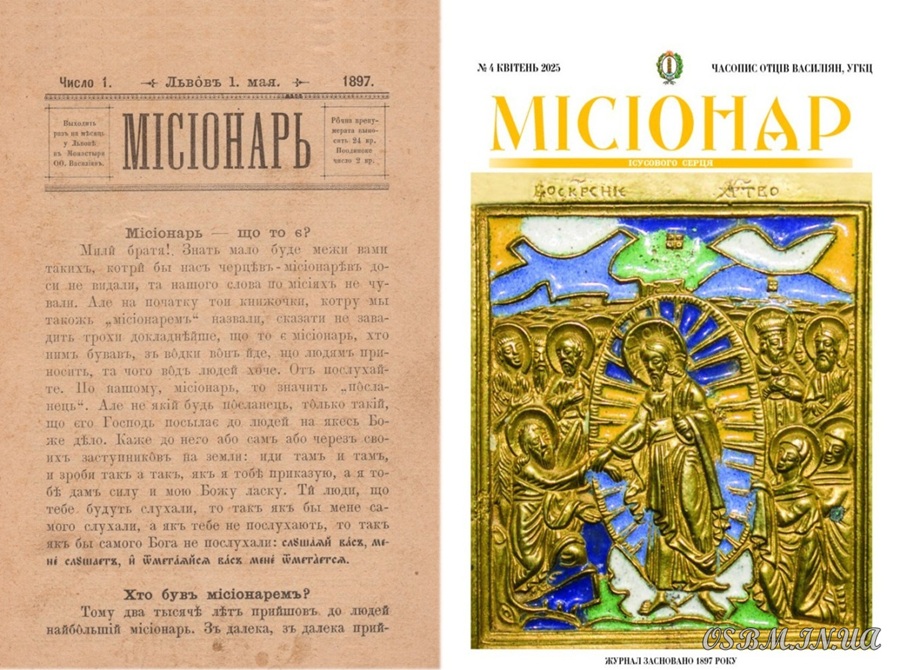
The Order of Saint Basil the Great (official name: the Basilian Order of Saint Josaphat) is the largest male clerical religious order of pontifical right within the Eastern Catholic Churches of Central and Eastern Europe. Until 1839, almost all Kyiv Metropolitans (16 out of 17), around 60 bishops, and many auxiliary bishops were members of this Order.
One of the defining charisms of the Basilians has been publishing and printing, a mission that began as early as the 16th–17th centuries. One of the leading centres in the 17th century was the Pochaiv Monastery. The heritage of that great centre of spirituality and culture was highlighted at the international scholarly conference “The Pochaiv Phenomenon: The Basilian Monastery of the Dormition of the Mother of God in the History and Culture of Ukraine,” held on 29–30 September 2023 in Zarvanytsia, Ternopil region. The conference marked the 250th anniversary of the papal coronation of the Pochaiv icon of the Mother of God.
The conference resulted in a printed scholarly volume – the 16th instalment in the series “Notes of the Order of Saint Basil the Great” (Section II). In the summer of 2024, with the support of Church and state institutions of Ternopil region and Ukrainian museums, a Catalogue of Pochaiv Antiquities was also published (compiled by Dr. Volodymyr Moroz, 44 pages). The catalogue includes photographs of sacred objects from Pochaiv, as well as reproductions from early printed books that reflect the unique character of the 17th–18th century Kyivan Christian tradition.
The most continuous and systematic publishing work of the Basilians, however, began in 1895, when – under the Austrian administration – the Order registered and opened its own printing house in the town of Zhovkva, near Lviv. This year marks the 130th anniversary of that founding. Behind those 130 years lie many hardships, including war, persecution of Basilian monks by various occupying regimes, the destruction of their printed works and archives, and repeated bans.
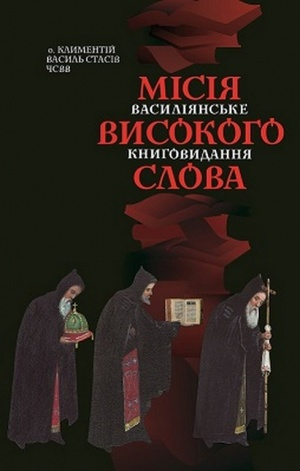
A major study titled “The Mission of the Spoken Word” (2017), written by Hieromonk Klymentii Stasiv, traces more than 120 years of Basilian publishing work in Ukraine and abroad, and highlights the rich thematic variety of works printed on the presses of the famed “Printing House of the Basilian Fathers in Zhovkva.”
Among this variety, the periodicals deserve special attention – including the “Notes of the OSBM” already mentioned. On May 1 of this year, the oldest Greek-Catholic magazine still in publication, Misionar (The Missionary), marked 128 years since its founding. It is a monthly magazine and remains the only long-running printed popular Christian publication of the Ukrainian Greek Catholic Church still produced by monks.
In the early 1990s, when the Greek Catholic Church was being restored after decades of repression, Basilian monasteries were returned to the Order, including the historic Monastery of St. Onuphrius in Lviv. There, the Provincial Administration decided to revive the traditional ministry of the Basilians: publishing. The Statute of the “Misionar” Publishing House was approved in 1994, but the first revived issue of the magazine appeared already in April 1992.
The Magazine “Misionar”: A Historical Sketch
Let us return briefly to the beginning – 1895. The initiator of the magazine was the superior of the Zhovkva monastery, Fr. Andrey Sheptytskyi, later Metropolitan of Kyiv-Halych and spiritual leader of the Ukrainian nation. Basilian priests, renewed after the Dobromyl Reform led by Jesuits, saw in this new publication a helpful tool for spreading the Catholic faith among the faithful.
The first editor (1897) was Fr. Platonid Filyas. Thanks to Sheptytskyi’s efforts, the magazine was inexpensive and could be distributed by post. The first 16-page issue radiated the sincerity and missionary love of the monks who brought the Gospel to the people. A supplement, the “Missionary Calendar for 1901,” edited by Fr. Lazar Berezovsky, was written in the new phonetic Ukrainian orthography.
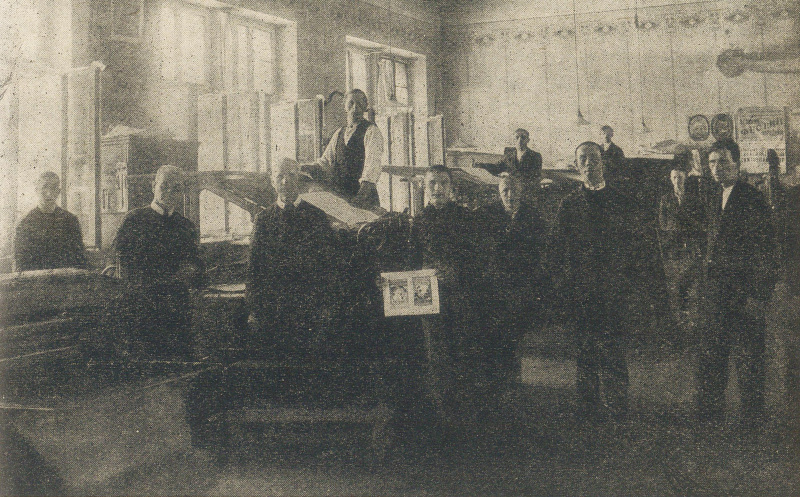
During all periods, the main readers of Misionar were members of the Apostleship of Prayer – a lay movement active in Basilian parishes throughout Galicia. The founding of the magazine also led to the growth of the Zhovkva printing house.
In 1915–1916 the magazine was published in Zagreb, Croatia, edited by Fr. Ivan Pryshliak. After World War I, the editorial office returned to Zhovkva. But in 1918 the Polish authorities arrested the Basilian monks and interned them in the Dąbie camp. Thanks to Metropolitan Andrey Sheptytskyi and the Vatican, the printing house was saved from liquidation.
The magazine’s popularity continued to grow: circulation reached 20,000 in interwar Poland and 50,000 by 1939. Its content included articles on feasts, Scripture commentaries, spiritual reflections, missionary and pastoral instruction, and explanations of prayers. It was richly illustrated with portraits, photos, and reproductions of icons. Among its contributors were noted Basilian historians (Ireney Nazarko, Isydor Lub, Roman Lukan) and writers (Osyp Leshchuk, O. Tymochko, V. Limnychenko, and many others).
Due to political circumstances, the editorial team moved to Przemyśl in 1939 and briefly to Lviv in 1941. The last wartime issue appeared in August 1944, after which publication was stopped by the communist authorities.
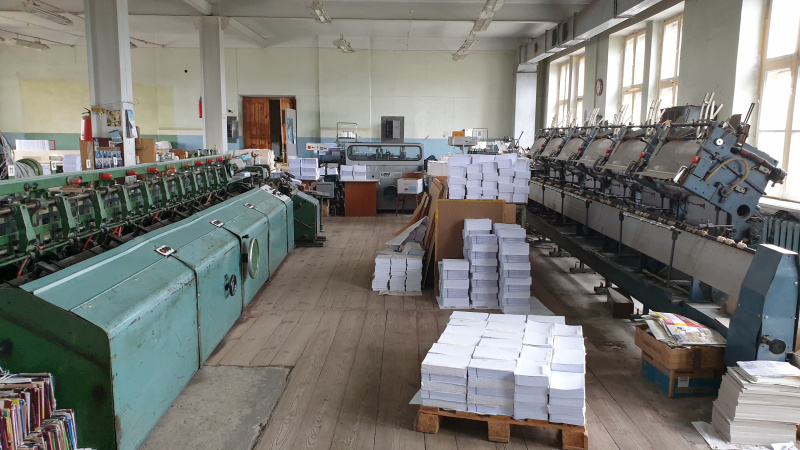
The tradition continued, however, in the Ukrainian diaspora. A Misionar magazine for Ukrainian Catholics in Brazil was founded in 1911 and continues today; the Basilian Sisters in Philadelphia also publish a U.S. edition.
Misionar in Independent Ukraine
The revival of the Ukrainian edition in 1992 was a milestone. The first editor was Fr. Teodosii Yankiv, OSBM. The magazine was blessed by Cardinal Myroslav Ivan Lubachivskyi and produced with the help of faculty from the Lviv Journalism Institute. Among them was Marian Lozynskyi, later head of the “Misionar” publishing house.
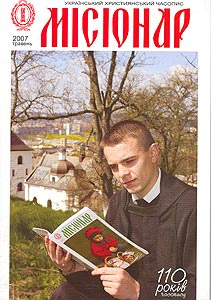
In 1994, the chief editor became Fr. Vasyl Zin’ko, OSBM, a gifted journalist and writer who had spent nearly 40 years in Brazil and Argentina. He enriched the magazine with strong language, missionary zeal, and new themes. Over the years, various journalists, poets, and scholars contributed.
From 1992 to 1997 the magazine gradually formed its identity. As parishes and youth movements revived, so did interest in religious reading. Misionar provided ordinary believers with pastoral teaching, catechesis, Church history, liturgy, moral theology, and biographies of martyrs and confessors of the faith. A renewed Missionary Calendar appeared from 2003–2007.
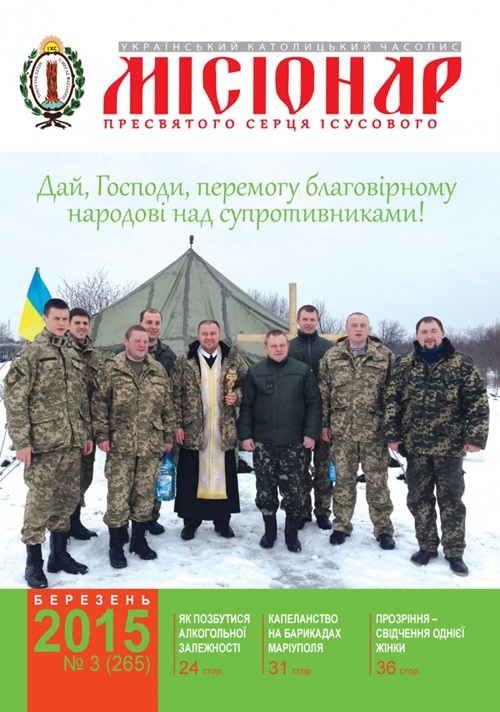
Since 2002 the magazine has survived thanks to subscription through the Ukrainian postal service, especially in central and eastern Ukraine. The print run in independent Ukraine has fluctuated between 7,000 and 5,000 copies; today it is 2,500. A growing number of readers now use the electronic version at misionar.in.ua, where archived issues are also available.
The Basilians also attempted other periodicals – Dzwinytsia (a parish bulletin), Kyivska Tserkva (2000–2002), and the youth almanac The Lord and I, launched 20 years ago and still published annually.
During the fourth year of Russia’s full-scale war against Ukraine, the Basilian “Misionar” Publishing House continues the work begun 130 years ago in Zhovkva. Its legacy has already become the subject of academic study, yet much of the Order’s printing heritage still awaits future researchers.
Based on materials from: osbm.in.ua
Igor Sklenar

 Basilian Order of Saint Josaphat
Basilian Order of Saint Josaphat 

